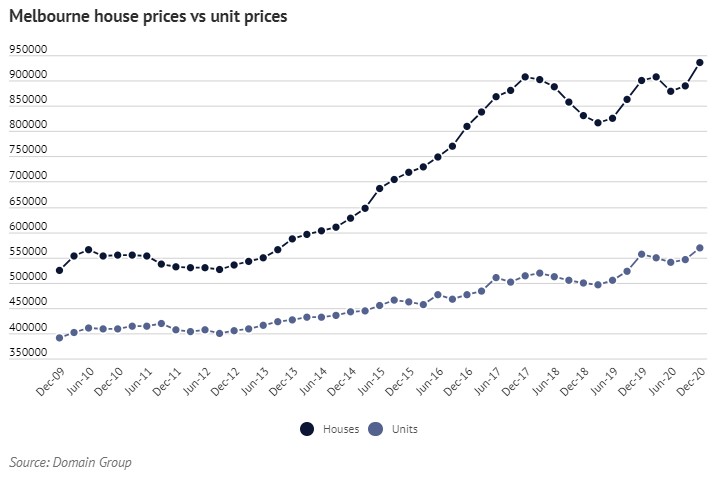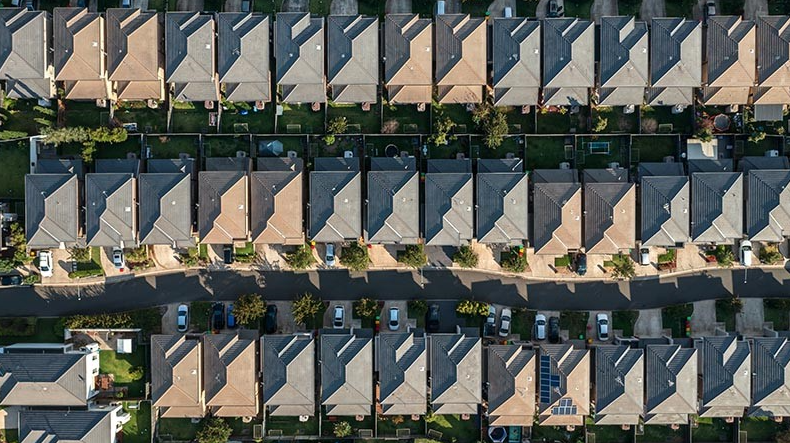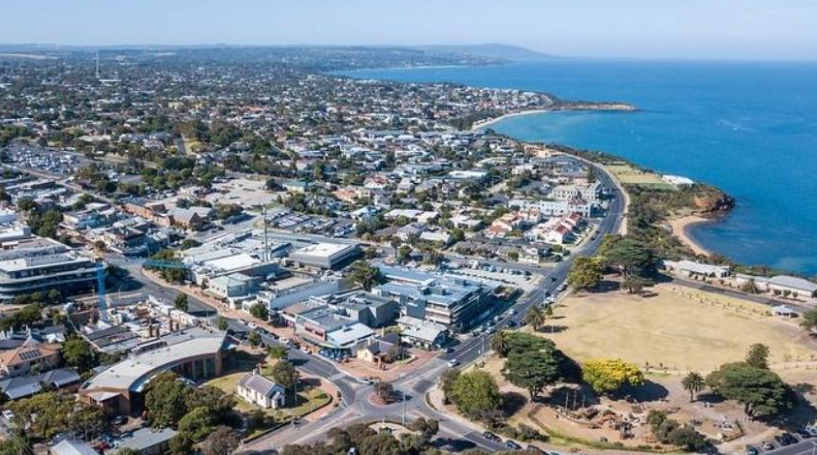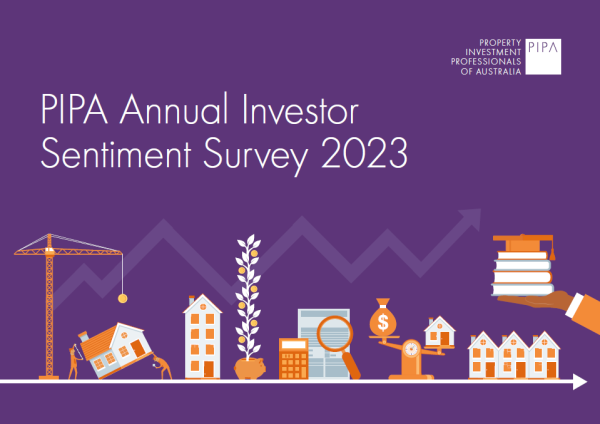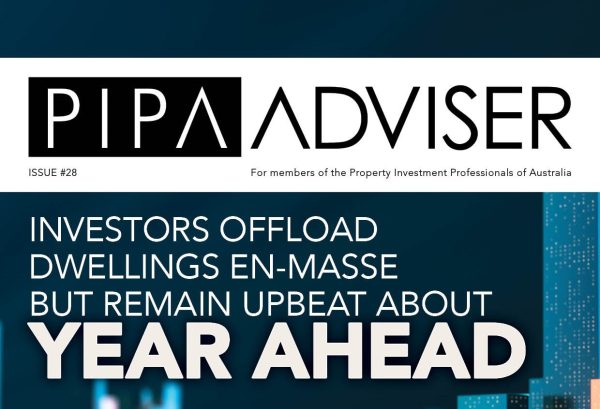Unit and house price gulf widens in two-speed Melbourne property market
Jan 2021Karen Millers
Categories
Location ReportsMedia releasesNational market updatesPersonal advisersPIPA AdviserPIPA Annual Investor Sentiment SurveysPIPA Member ProfilesPIPA video updatesPIPA webinarsPodcastsProperty advisersProperty newsLatest Articles
Rent rises ease but crisis’ link to population density found to be tenuous
Jordan van den Berg: The ‘Robin Hood’ TikToker taking on Australian landlords
Victorian property investors face yet another new property tax as council tests levy
Rentvesting in Australia: A deep dive
‘More chance of winning lotto’ than housing targets being met
The price gulf between detached houses and units in Melbourne has widened sharply after the median price of a standalone residence in the city surged by $3600 a week during the last three months of 2020.
Melbourne’s median house price reached a record $936,000 in the December quarter and is now 64 per cent higher than the median unit price, the Domain house price report shows. That compares with an average price gap of 52 per cent over the past decade.
This gap is expected to deepen. Apartment prices increased 4.4 per cent to $569,677 over the final quarter of 2020, Domain data shows, after falls earlier in the year. But experts have described Melbourne’s high-density inner-city apartment market as “disturbed” and “over-supplied”, leaving units more likely to sell at a loss while houses are primed for double-digit growth over 2021.
Domain senior research analyst Nicola Powell said it was “rare” over the past three decades to see house and unit prices moving in different directions.
“Weaker investor activity has disproportionately impacted unit prices because they tend to be the preferred property type,” Dr Powell said. “There are also particular locations with increased supply as a result of heightened development in recent years.”
“Changed lifestyle preferences post-lockdown and the option of remote working have driven demand to outer suburban and regional locations as buyers seek affordability, liveability, space and greater value for money.”
A new report from real estate agency PRD for the first half of 2020-21 shows the outer-ring of the city had strong growth during COVID-19 on the back of federal government stimulus and a shift to working from home.
House price rents increased over the past 12 months. But the apartment market is showing a very different picture with vendor discounting – the difference between how much a property was listed for and its sale price – showing units in all parts of the city changing hands for less than initially advertised and taking longer to sell. Houses in the inner-, middle- and outer-rings all sold above their marketed price.
Real Estate Buyers Agents Association president Rich Harvey, who is chief executive of buyers’ agency PropertyBuyer, said there was a high level of pent-up demand in Melbourne because of the city’s lengthy coronavirus lockdowns, which limited buying and selling activity.
“I’m expecting 7 per cent to 8 per cent growth [over the year],” Mr Harvey said. “Freestanding homes have a much higher demand than apartments. Inner-city Melbourne will struggle and brand-new off-the-plan apartments will probably sell at a loss. It’s a similar trend in Sydney and Melbourne with units.”
Property Investment Professionals of Australia chairman and buyers’ agent Ben Kingsley has been surprised by the strength of the detached and townhouse market in Melbourne, saying it has reached “beyond what I would’ve thought at this point”.
“We are well on the way to double-digit growth in Melbourne and high single- to double-digit growth in Sydney,” he said.
Smaller blocks of low-rise apartments and 1970s flats were still getting strong demand from owner-occupiers, he said. “But medium- and high-density inner-city ring apartments are disturbed,” he said. “[There are] falling rents and there’s no real support at all for that stock”.
“Those buyers are staring down reduced values and we’re not at the bottom of the market yet.”
Investors relying on rent from tenants like international students and young hospitality workers were driving demand in these dense apartments, but this had fallen dramatically due to the pandemic.
“There will be a deepening divide between house and unit prices in future,” Mr Kingsley said. “In Sydney and Melbourne, it’s an owner-occupier-led demand boom. Investors are not showing up yet.”
Jennifer Duke and Matt Wade, The Sydney Morning Herald, 30 January 2021
https://www.smh.com.au/politics/federal/unit-and-house-price-gulf-widens-in-two-speed-melbourne-property-market-20210129-p56xp2.html
